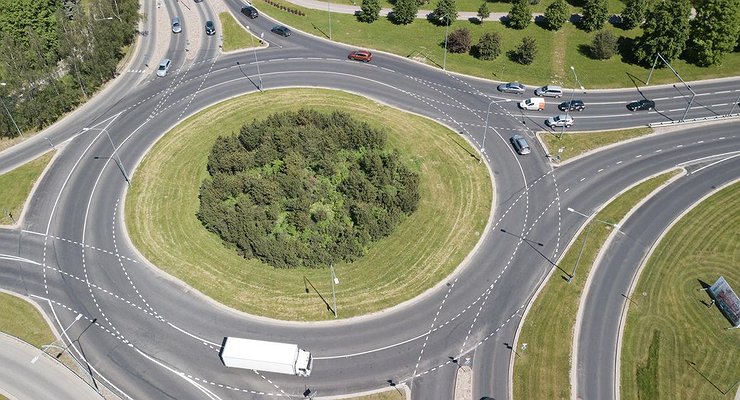This instrument is called the MOXIE – Mars Oxygen In-Site Sourcing Experiment and was jointly developed by NASA and the Massachusetts Institute of Technology. A mini-laboratory for oxygen production is located on the Perseverance rover, which has been searching for evidence of past life at the bottom of Mars Crater Lake since last year.
MOXIE produces breathable oxygen from the carbon dioxide-rich atmosphere of Mars. This is the first time in the history of space exploration that resources from another planetary body have been collected and converted for later use.

MOXIE instrument installs on NASA’s Perseverance rover/Photo
What does this mean for future human journeys to Mars?
In fact, it’s a groundbreaking discovery that proves it’s possible to produce oxygen on Mars and therefore you don’t need to carry it with you. The oxygen produced can be used both to create air for respiration and to create fuel.
The less oxygen will have to be carried with you, and the more it can be produced in the field, the better for the crew, because more useful things can be taken from Earth.
To support a human mission to Mars, we need to bring many things from Earth, such as computers, spacesuits and habitats.
— Jeffrey Hoffman, a Massachusetts Institute of Technology researcher and co-author of the study, noted in a press release.
In a new study published in the journal Science Advances in collaboration with MIT researchers, NASA scientists found that the toaster-sized MOXIE can produce six grams of oxygen per hour, even if the seasons, time of day or atmospheric conditions change. It is essentially the equivalent of a small tree on the planet’s surface.
Impressive performance for such a small machine. Of course, MOXIE technology won’t be able to make Mars Earth anytime soon, but a slightly larger device may be enough to support the crew’s habitat.
Fuel problem solved
Lack of air to breathe isn’t the only problem MOXIE solves. Future expeditions will need fuel for rockets and return missions to be fully operational on the planet’s surface. MOXIE proves that even this challenge can be solved.
The researchers say the next step is to make the device work around the clock, based on MOXIE technology. So far it’s only worked intermittently for a few hundred hours, but the upgraded version needs to run for thousands of hours continuously. Therefore, we should expect a future mission to Mars that will deliver an enlarged version of MOXIE to produce large amounts of oxygen.














